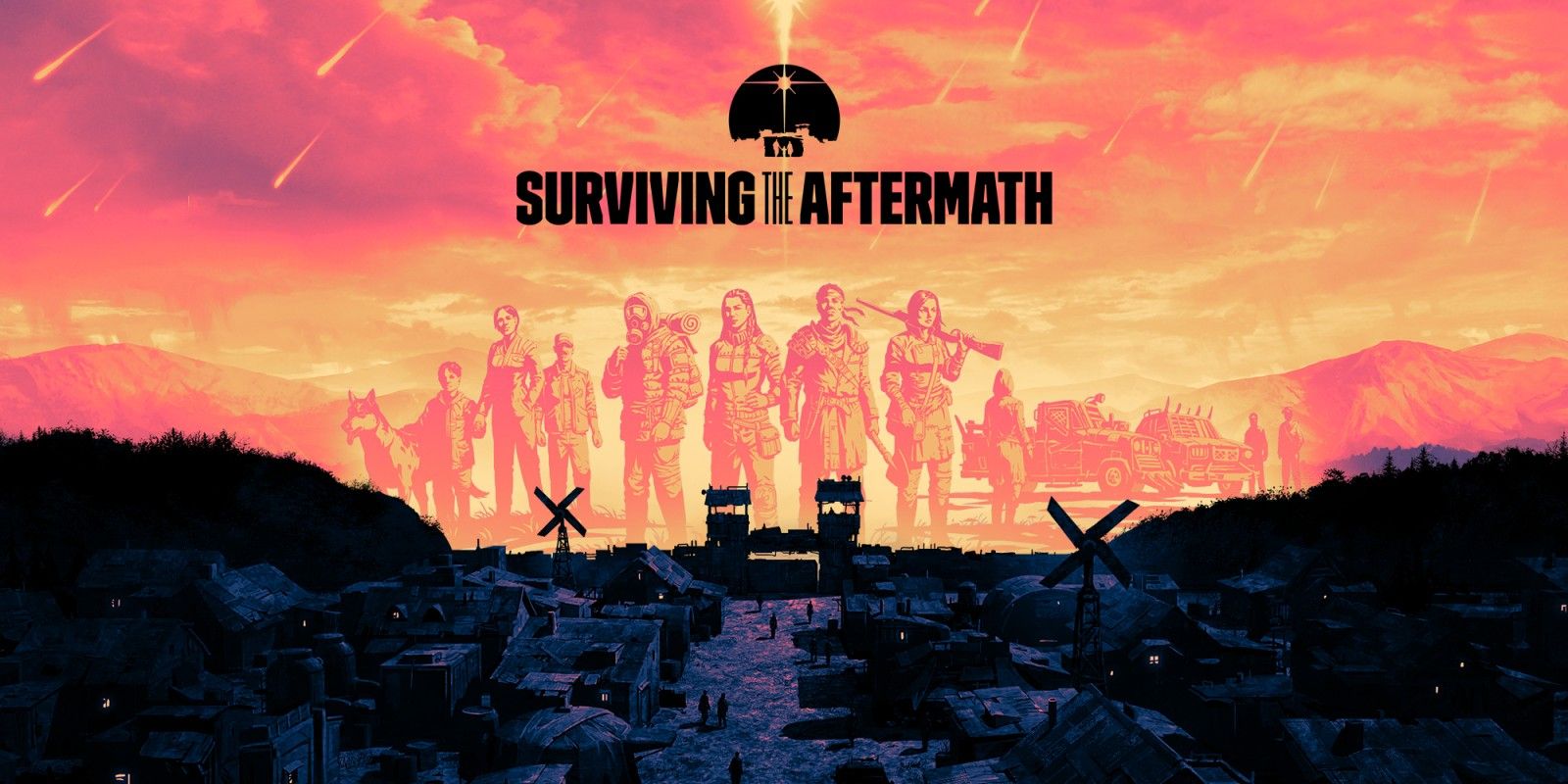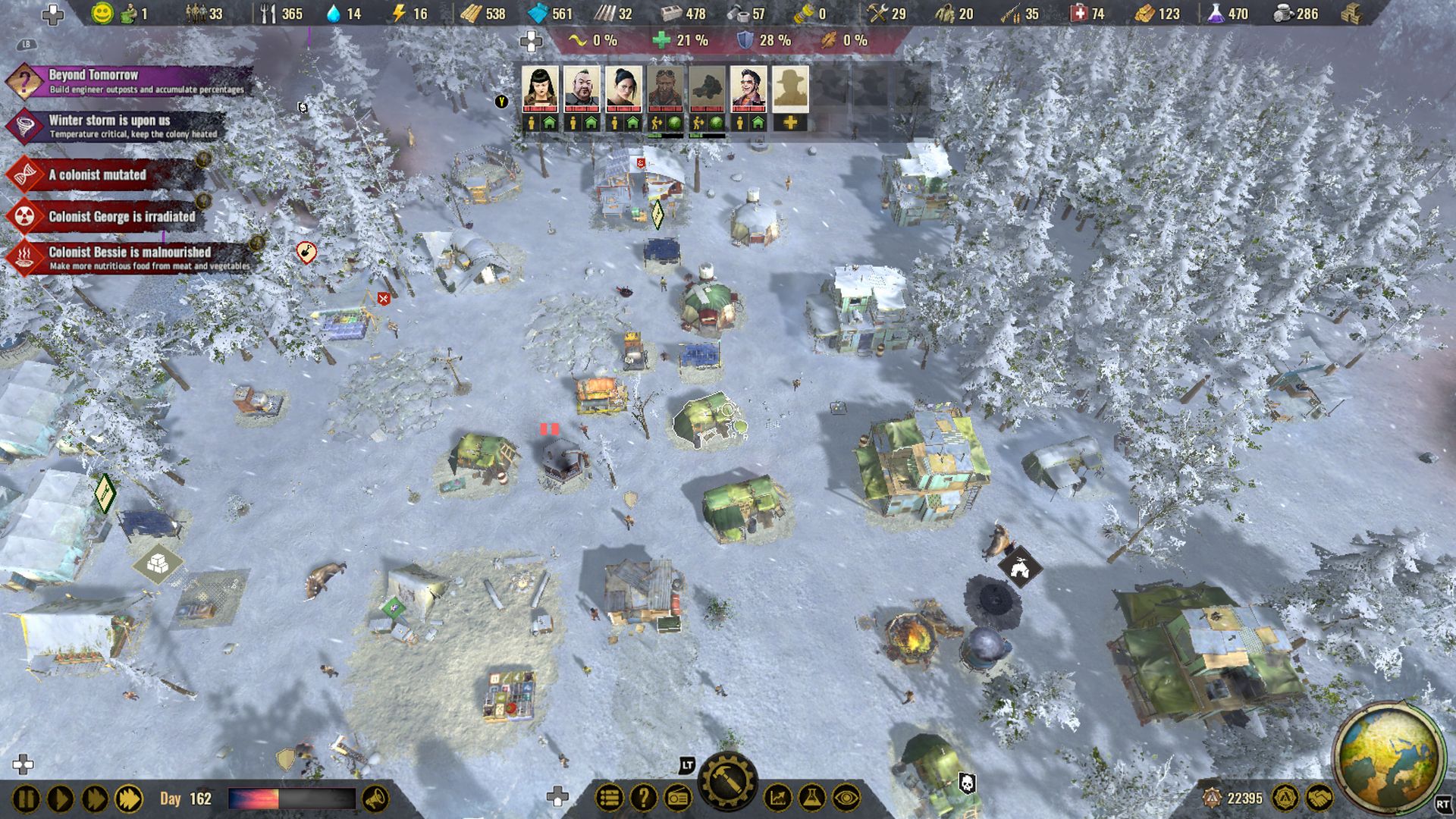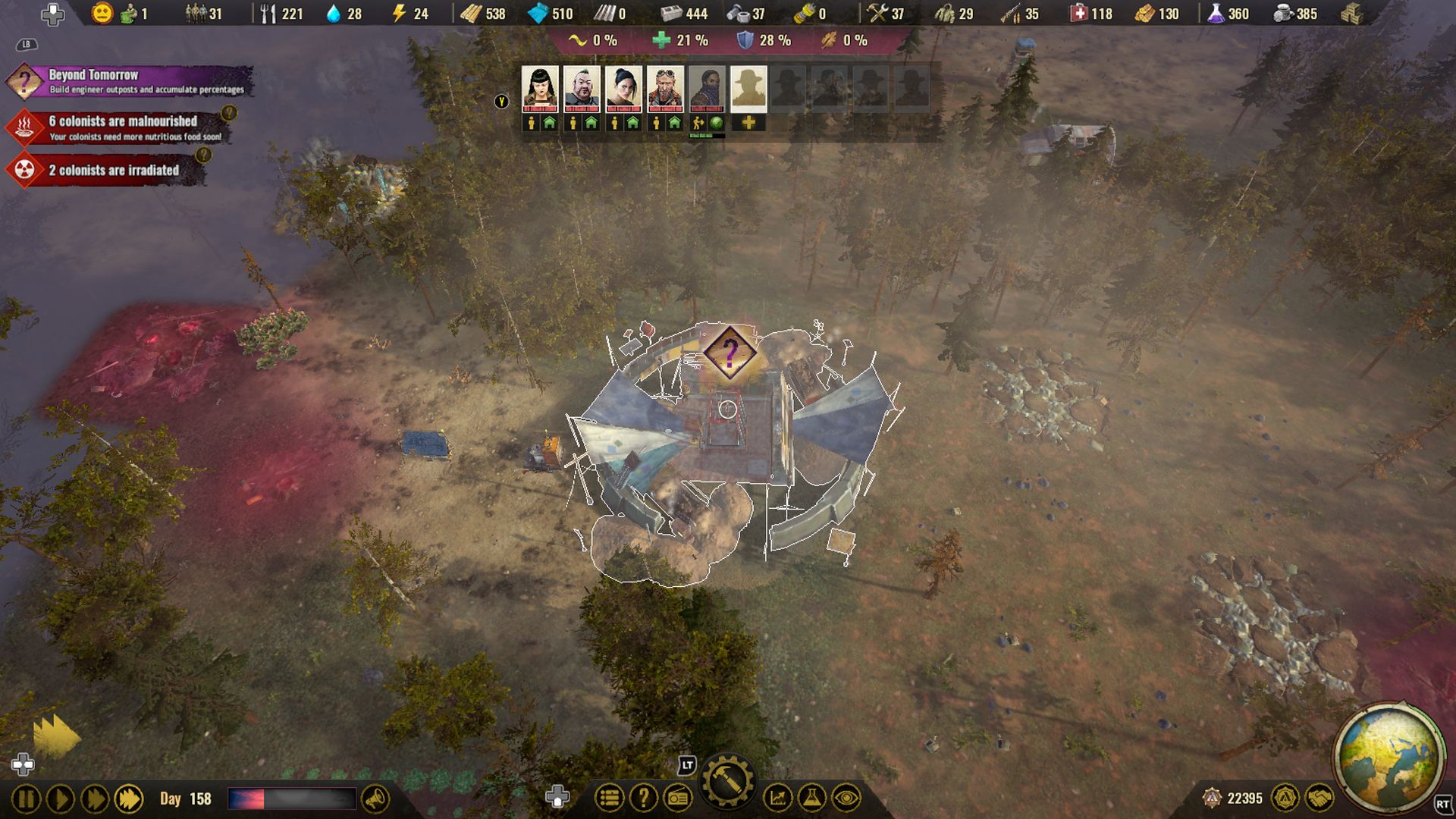Surviving the Aftermath is a city-managing survival game developed by Iceflake Studios and published by Paradox Interactive. It's the sequel to the colony-building game, Surviving Mars. From the start of Surviving the Aftermath, players will need to make important decisions that can mean life or death for their colonists. Keeping the colony alive becomes a secondary task to completing main story missions, connecting with other societies, and eventually, completing the Doomsday Bunker.
Players will start Surviving the Aftermath with a few free structures, the ability to recruit colonists, and two Specialists. Specialists can travel the world map, complete missions, and scout new areas for expansion, trade, or resource gathering. Specialists have a specific area they excel in, such as Scavenger or Fighter. Players can continue to recruit Specialists while they expand their colony, and they become vital to completing the main story quests later in the game.
In order to complete the story in Surviving the Aftermath, survivors need to stock up on resources and finish research tasks to unlock more advanced building options. Throughout the game, there will be a variety of decisions to make, like which wanderers to let in, who to trade with, and whether players should pay off or fight incoming bandits. Unfortunately, most of these decisions have a small, almost inconsequential effect on survival rates, but the bigger decisions come during the main questline. Story missions become available relatively early on in the game, around day 20, and then the colony begins working towards creating a Doomsday Bunker. This final structure will protect a colony from almost every type of catastrophe in the game except for winter.
Catastrophes are the greatest challenge in Surviving the Aftermath. The colony faces intense odds as they try to build their homes during heat waves, pandemics, nuclear fallouts, and deadly winter storms. There are a variety of disasters that can mean the end of civilization if players don't properly prepare for them. Early in the game, players will likely be underprepared for catastrophes, but as long as a few colonists endure, the colony will go on. Colonist death is unavoidable along the way, but taking safety precautions leads to significantly fewer lives lost. Like Surviving Mars, advanced farms, homes, and resource gathering become essential for survival.
The major issue with Surviving the Aftermath is the lack of instruction in just about every area of the game. The tutorial messages and available tips are vague and don't explain some of the more basic mechanics, especially when it comes to the main story. About halfway through the questline, players will need to start converting Specialists to Engineers and establishing Outposts for the Doomsday Bunker. The instructions are extremely lacking and there's no indication as to how much research of each type is needed to progress. A lot of the main story gameplay in Surviving the Aftermath is waiting for the next stage of building the Doomsday Bunker to happen without knowing when it might occur.
In Surviving the Aftermath, players need to build a sustainable colony similar to Endzone: A World Apart. The storyline gives players a goal to work towards as they explore the world map and enhance their colony. Aside from the ineffective tutorial and tips section of the game, players can expect a fun city-building survival experience. At its core, Surviving the Aftermath is a high-stakes building game where the biggest challenge is making the right decisions in order to stay alive in a dangerous, apocalyptic world.
Surviving the Aftermath is available for Xbox One, PlayStation 4, Nintendo Switch, and PC. Screen Rant was provided a digital Xbox One download code for the purpose of this review.



